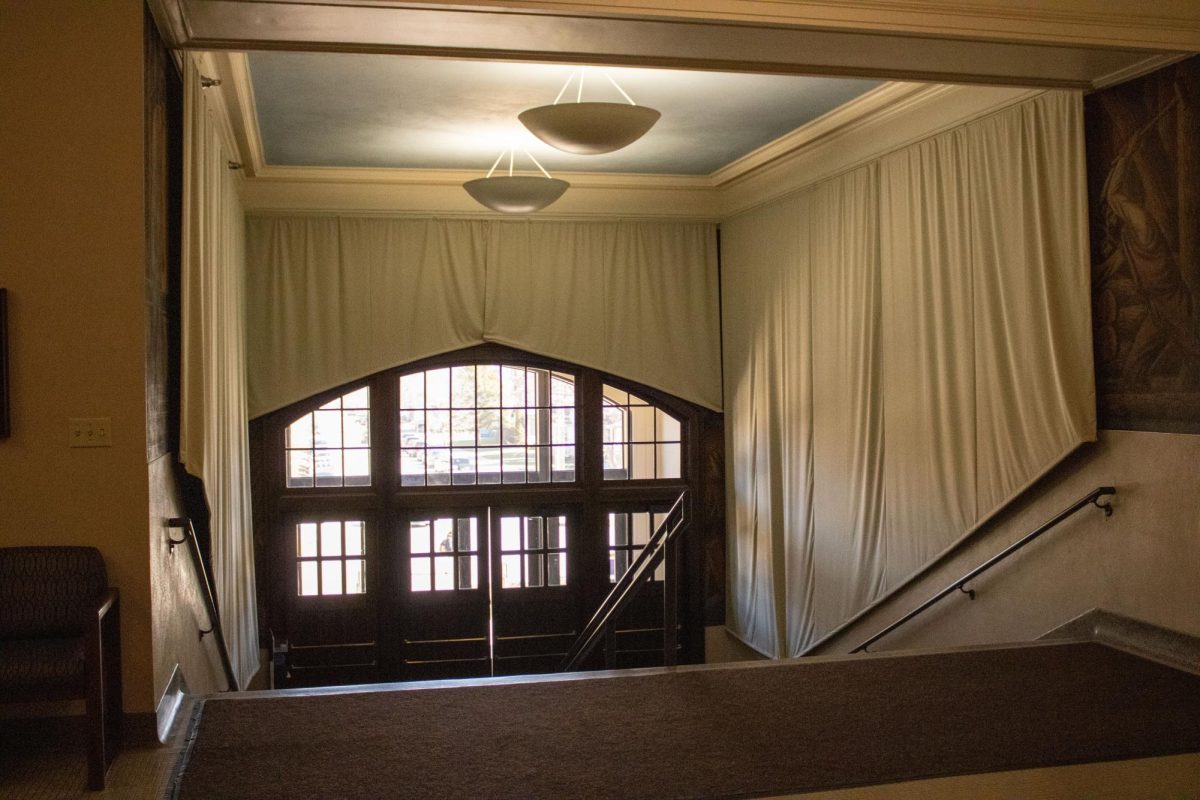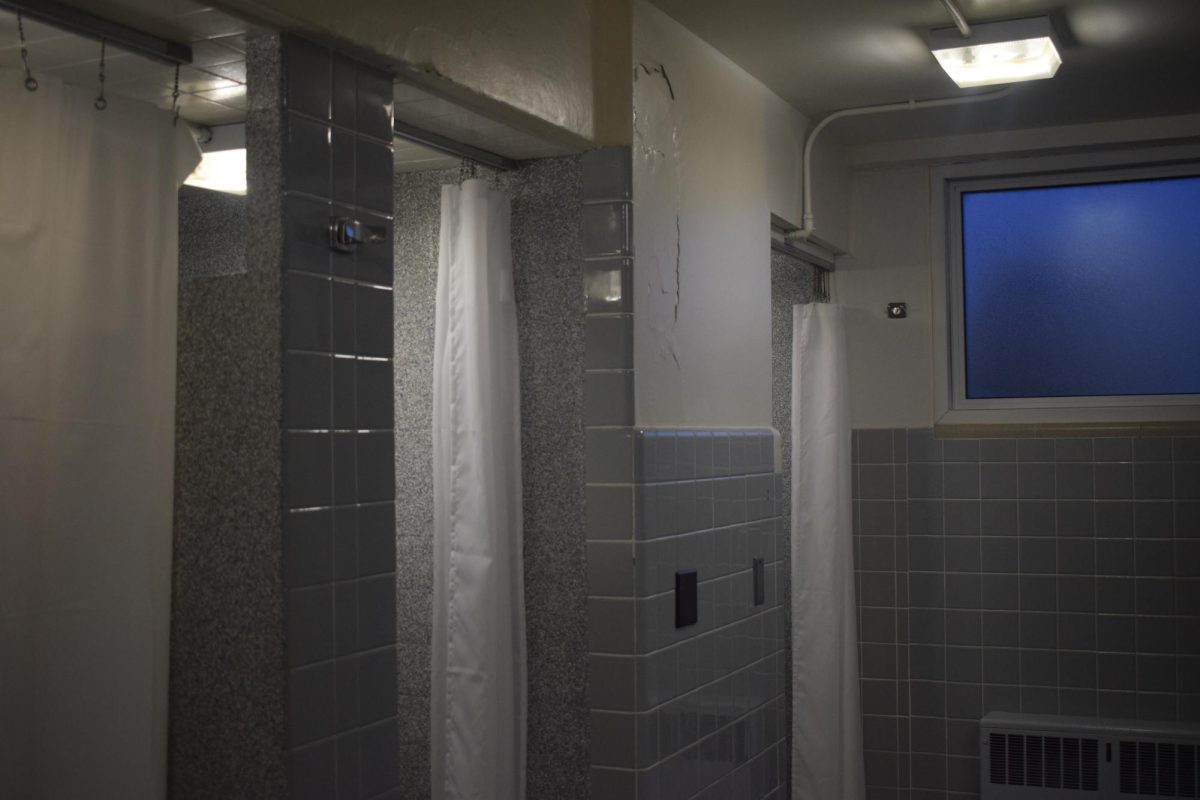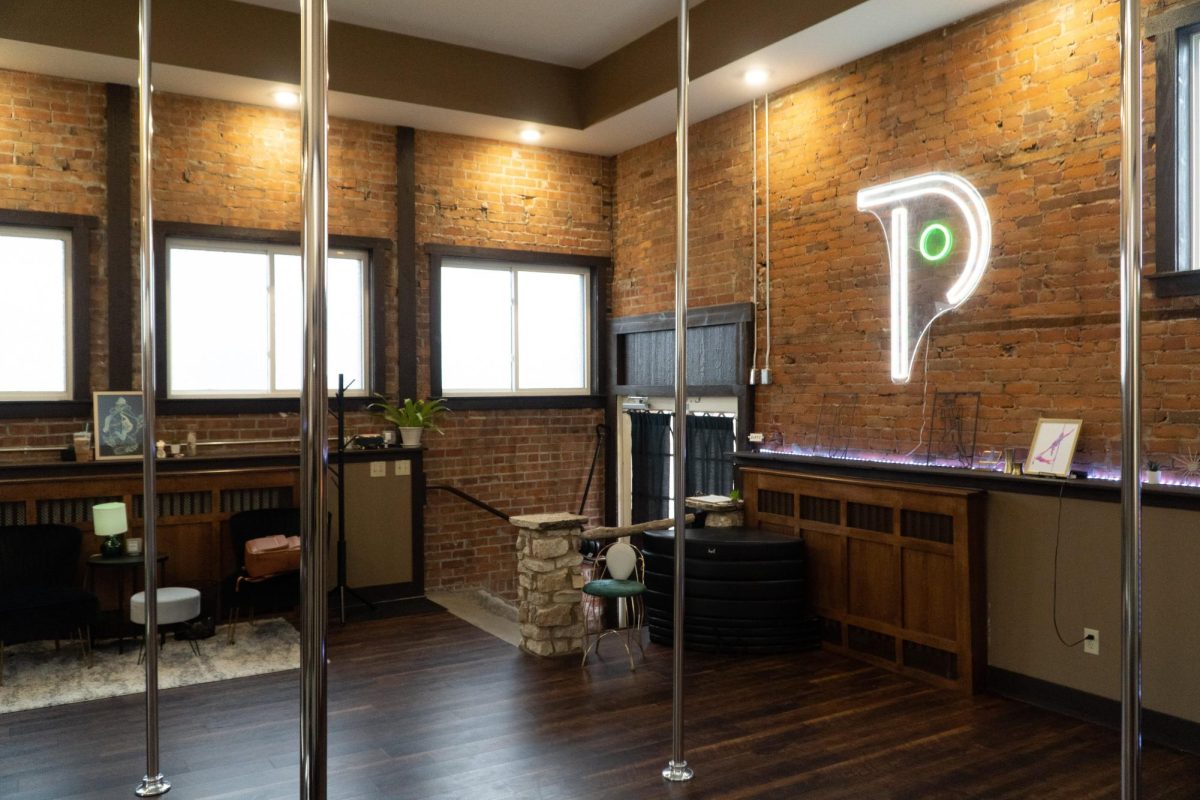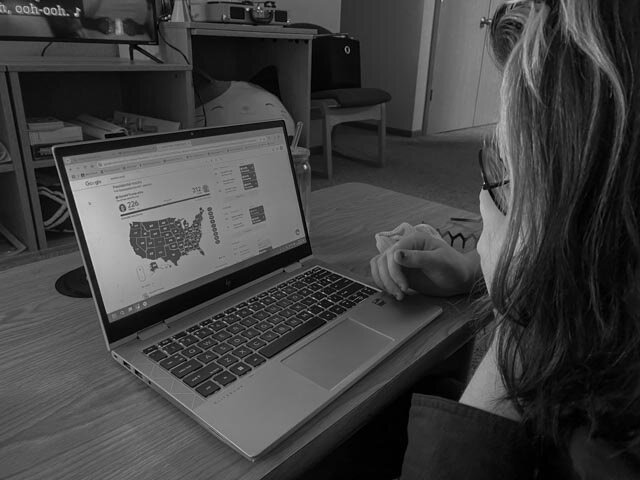Hannah Jones/Winonan
Around this time of year, about sixteen times a day, I tend to look out the window and breath a deep, heavy, dreary sigh.
The view from my apartment is desolate. The parking lot is grimy with salt and snowmelt. The trees are bare and quake crazily in typhoon-style winds. The sky is almost always dark, with dense, leaden clouds hanging low like saggy backsides.
Stuck in the middle of January, sandwiched between freakishly low temperatures and bouts of sodden precipitation, it’s hard not to find every window in sight a little discouraging.
As reports indicate, I’m not alone in this feeling.
Of all the acronyms in the English language, none is more appropriate than SAD, which stands for Seasonal Affective Disorder. This emotional malady is a form of depression that affects people as the seasons change. Thought to be the result of lack of sunlight, SAD tends to inflict sluggishness, hopelessness, depressed feelings, weight gain and irregular sleep patterns on its victims.
Most Minnesotans call it “winter.”
This time of year especially is said to be rough on sufferers of SAD. January has been unofficially voted by popular consensus to be the most depressing month of the year, and Blue Monday, Jan. 24, is supposedly the most depressing day.
Experts think that this has something to do with the end of the holidays, the beginning of holiday debt, the untimely end of New Years resolutions, the coldest days of the season and the still-sizable wait before springtime all coming together to give you a serious case of the bummers. When you think about it, it’s perfectly logical to get down in the dumps.
When SAD rears its ugly head, however, we needn’t take it lying down. Actually, we should take it lying down.
I don’t mean to say we should take a leaf from the bear’s book and sleep through the whole stupid season, but studies show that getting ample, regular sleep is a potent relief for SAD symptoms.
Sufferers can also lighten their moods by keeping up a healthy diet (and maybe a little hot cocoa), partaking in pleasurable activities (Facebook doesn’t count), getting plenty of exercise (or maybe one and a half sit-ups—it’s important to pace yourself, they say) and in general, keeping busy (Facebook still doesn’t count).
These may be difficult to manage when we’re cooped up inside all day hiding away from the cold, however. There are only so many episodes of “Downton Abbey” on Netflix, after all, and pacing the lengths of our dorm rooms doesn’t make for an ideal workout.
For those still dealing with some stubborn SAD symptoms, research has actually found a foothold in Light Therapy. This in-home remedy entails turning on a bright light and sitting a few feet from it for about 30 minutes to an hour, just soaking up some rays.
Typically, Light Therapy is done in the early morning to mimic a regular sunrise, which in the wintertime, doesn’t actually happen until you’ve had about two classes on campus. If you don’t have time to sit in your room next to a bright light every morning, try to get a little more time outside. Even if it is bone-numbingly cold, a little extra sunlight can do wonders for the body and the mind.
The most important thing for all SAD sufferers out there to remember is that no winter lasts forever, even in Minnesota. The season will eventually change. The sun will come back. The snow will go away, and so will the heavy coats and the soggy gloves. Things will eventually get better.
Contact Hannah at [email protected]












































